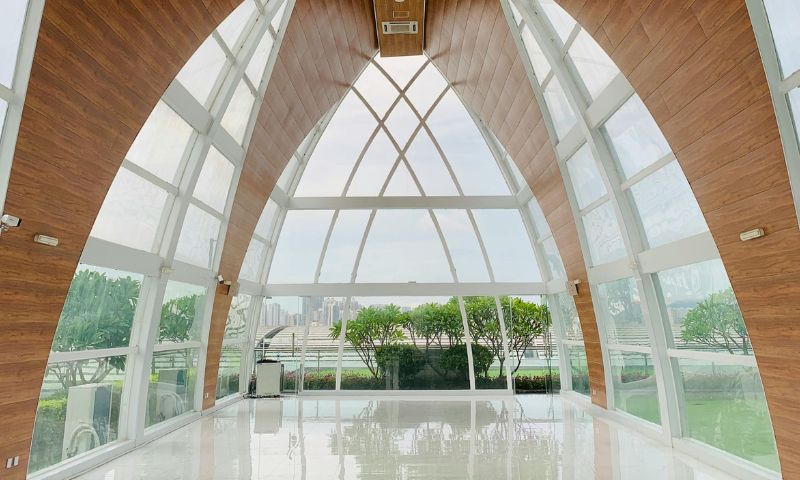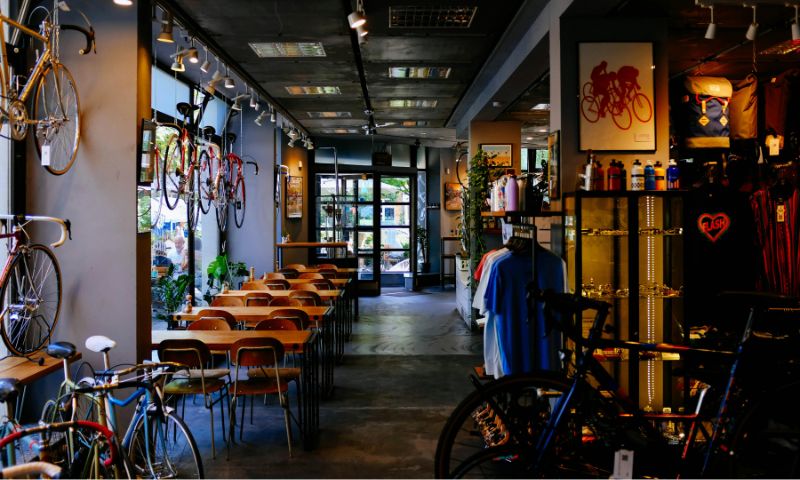Choosing the right lighting

Table of contents
Choosing the right lighting depends on mastering various technical concepts, as well as taking into account the conditions of the space to be lit.
If you're still not comfortable with the colour temperature, CRI, luminous flux, power, efficacy, luminance and illuminance settings, first read the article where we explain all these concepts.

Here are some general recommendations that you can consider when choosing the right lighting.
Type of lighting - LED technology
The revolution created by LED technology is undeniable. When compared to traditional incandescent and fluorescent lamps, LED lamps and luminaires stand out for their long life, high efficiency - less energy consumed per lumen emitted - and sustainability - they can be repaired and contain no toxic materials.
For these and other reasons, all Nexled products are LED technology.
Space features
Considering the characteristics of the environment is essential for choosing the right luminaires and light sources. Some aspects to consider:
Uses of the room — in this way, we can create lighting areas according to the purpose of each one.
Area to be lit — to choose the ambient light, we must know the area of the space in order to calculate the correct luminous flux for the lighting sources.
Distance between the space or object to be lit and the light source, in order to select the right luminous flux and lens (diffuser).
The colours of the room — dark colours absorb more light, so you need a higher flux to get the same amount of light - compared to a light-coloured room.
The natural light in the room — this depends on the orientation of the sun, the number of windows and other transparent surfaces that let in sunlight.
Considering the characteristics of the space will also reveal the need to opt for adjustable lighting - in terms of colour temperature and brightness - that can be controlled remotely through a lighting management system such as SmartLi.

Light source features
Once we know the needs and conditions of the space to be lit, it's time to select the characteristics of the light sources that will allow us to achieve the desired illumination.
Colour temperature
The choice of colour temperature must be appropriate to the purpose of the room and the objects it will illuminate.
Ambient light — Warm light promotes a more welcoming and relaxing atmosphere, cold light is more energising and stimulating and neutral light offers balanced lighting, ideal for work areas.
Directional light — he shade of the accent light should take into account the characteristics of the objects to be lit, as well as the ambient lighting, in order to contribute to harmonious lighting.
CRI
The CRI, colour rendering index, is important so that colours can be seen well. Regardless of the context, we recommend a minimum CRI of 80. For some specific applications, such as food product lighting, a CRI >90 is essential to get the most out of the lighting.
Luminous flux and power
The luminous flux is determined by the purpose of the lighting, as well as the characteristics of the environment seen above. There are some standards that define the amount of light in certain spaces and contexts, such as workplaces, which should also be considered.
Unlike incandescent bulbs, wattage is not directly related to the amount of light emitted - it only indicates consumption. You should therefore only consider this measure for the purposes of your installation's consumption.

Lighting study
Choosing the right lighting is a major challenge, as it involves several concepts that must be considered simultaneously. For this reason, we recommend that you have a lighting study carried out by experienced professionals.
The lighting design study combines technical knowledge and specific tools to design suitable and efficient lighting systems. In this study, all the factors mentioned above are taken into account, as well as many others, to ensure that the lighting meets the functional, ergonomic and aesthetic needs of the environment, contributing to the comfort, safety and well-being of the people who use it.
Other articles

29/01/2024
Food product lighting

26/03/2024
Human Centric Lighting

23/04/2024
Luminotechnical study

20/01/2024
The Impact of Lighting on Sales

19/04/2024
Lighting products for retail

19/01/2024
Workspace lighting

16/05/2024
What is UGR and GR?

15/03/2024
Advantages of using LED technology

14/10/2024
The impact of lighting on productivity

12/01/2024
Kitchen lighting

Add new comment